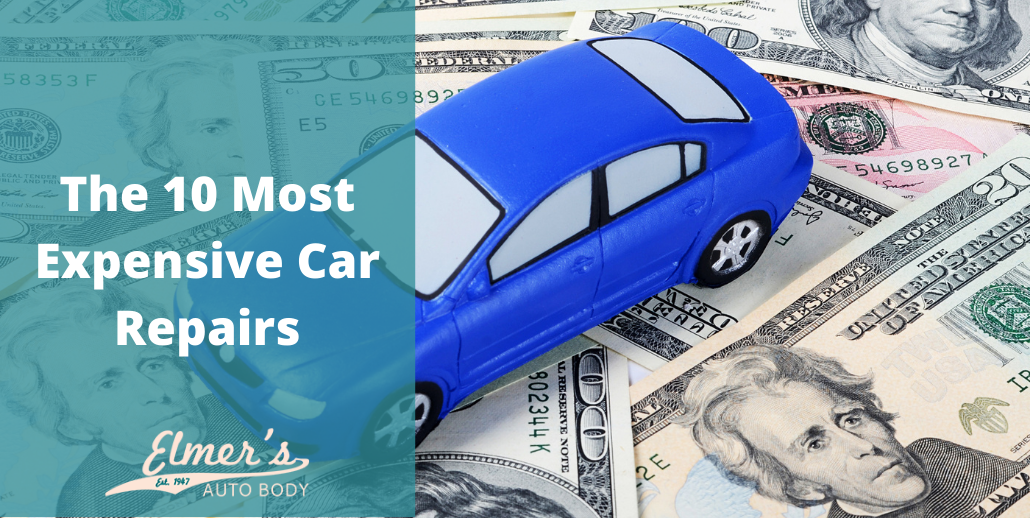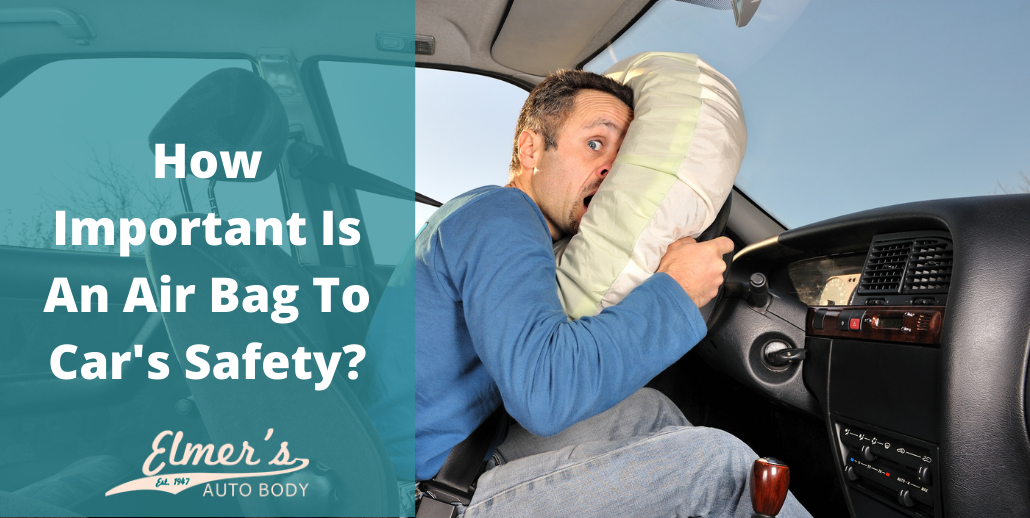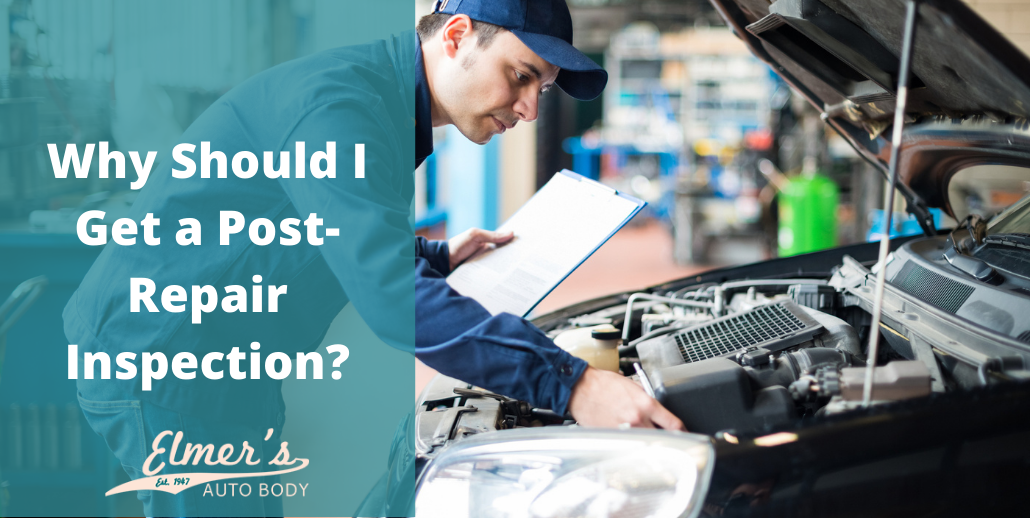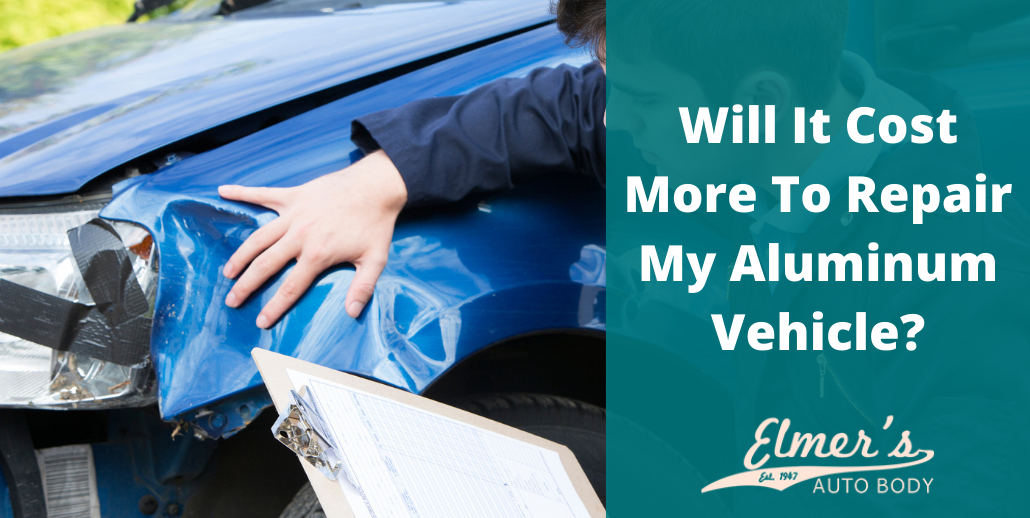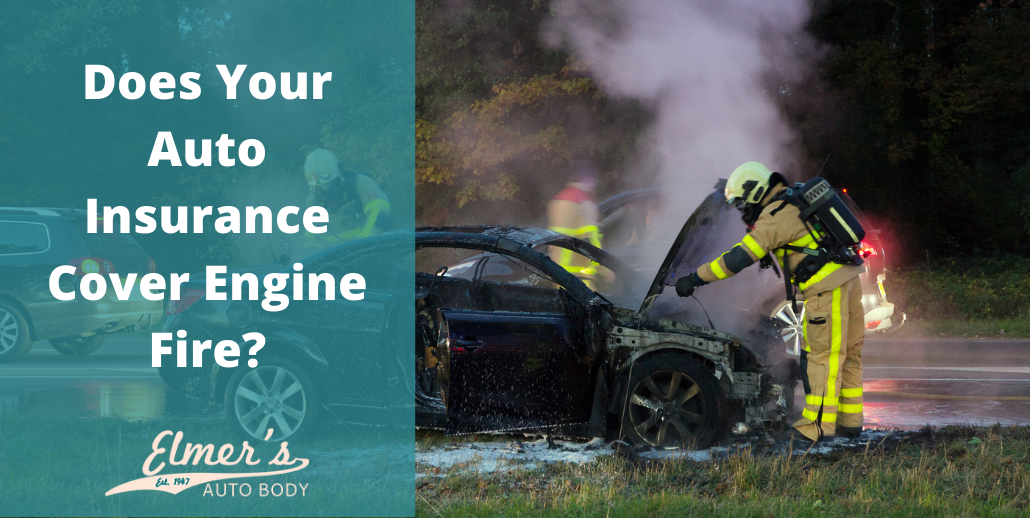In an era where most people don’t even have $400 saved up for an emergency, it is natural that the thought of car repairs conjures up nothing but anxiety. Most people have encountered those jaw-dropping expensive car repairs and get set back financially. Some car parts are far more pricier than others, though. Knowing the general cost of repairs, as well as some ways to keep your car maintained to save you from shelling out wads of cash, can help you in the long run.
Here are the 10 most expensive car repairs to keep in mind:
1. Transmission
Estimated Cost: $1,000-$4,000
Here is one tip from Elmer’s Auto Body: If you find a car for sale that has a too good to be true price, there is a high chance that transmission is blown. You can’t have a car without a transmission, since it is the part that transmits the power from the vehicle’s engine to the wheels. Usually, the transmission is durable and has a long lifespan, but it will wear out more quickly from stress and rough gear changes. Poor maintenance and neglect, such as infrequent transmission fluid changes, will damage the system, as well.
Signs your transmission needs to be repaired or replaced include a dragging clutch, humming noises, burning scent, and slipping gears. If you notice these signs, take your vehicle to an auto body as soon as you can.
2. Clutch Assembly Replacement
Estimated Cost: $1,000-$1,500
If you drive a manual vehicle, you might end up needing to replace your clutch assembly. Of course, as with most mechanical issues, you will have a fair amount of warning beforehand. There will be a spongy feeling, as well as difficulty switching gears, a burning scent, and a higher biting point. To prolong the life of your clutch, you can avoid riding it and ensure your vehicle is properly maintained.
3. Camshaft
Estimated Cost: $1,500-$3,000
Essential to any kind of vehicle, a camshaft is used for air intake. Throughout the years, camshafts can get dirty and clogged up with all kinds of debris from the road. It needs to be cleaned regularly during valve maintenance and oil changes. If the camshaft is ignored, it will break and cost you upwards of $1,500 easily. The high cost of repairs is less due to the price of the part and more due to labor.
Want to avoid needing a replacement camshaft? Keep up with car maintenance. And if the check engine light comes on, don’t overlook it. That could be a sign that something is wrong with your camshaft.
4. Engine Control Module (ECM) Replacement
Estimated Cost: $1,000-$1,500
What is ECM? It is a tiny little console with a circuit board and a few transistors that monitors the sensors throughout the engine bay, regulates emission controls, and also manages the air-fuel mix. As you can imagine, it’s a high-tech piece of equipment—and it costs enough to remind you of that. For the same price as a top of the line laptop, the ECM is one of the most expensive repairs and is not something you can replace yourself either.
5. Hybrid Car Battery
Estimated Cost: $6,000 or more
Though hybrid cars are revolutionizing the motor vehicle industry, there is no denying that the batteries used are incredibly expensive. To replace a faulty hybrid car battery will cost you at least $6,000. Like a smartphone battery, a hybrid car battery will gradually lose its ability to hold onto a full charge. Even today, most hybrid car batteries die in about 10 years of use. On top of replacing the battery, you will also have to replace the computer system, adding to the price tag.
6. Catalytic Converter
Estimated Cost: $1,500-$2,000
The price of a catalytic converter is based almost 90% on the price of the part alone. While labor doesn’t account for much. So why are catalytic converters so expensive? These pieces were invented to help develop vehicles that were more environmentally-friendly. The eye-popping price tag is because these parts contain metals like palladium, rhodium, and gold.
Typically, you should never have to worry about the catalytic converter burning out before other components of the car. But, it is susceptible to damages. For example, just going over a speed bump at a reckless speed can damage the catalytic converter. Burning engine oil or running the incorrect fuel additives or oil also negatively impacts the cat.
7. Head Gasket
Estimated Cost: $1,000-$2,000
The part alone costs between $400-$900, depending on the make and model of your vehicle. Then, you have to account for the 15-24 hours of required labor to install the replacement head gasket.
When a head gasket blows, oil and coolant are sprayed everywhere, and a menacing smoke billows up from the exhaust and engine. The engine that proceeds to overheat. It creates an absolute mess, and as you can imagine, a lot of clean up is needed.
8. Suspension
Estimated Cost: $2,500-$3,500
Suspension is necessary. Without it, you would feel every little bump and pothole in the road. Your car’s suspension is made up of multiple pieces: springs, shocks, struts, tie rods and control arms. Sometimes, a single part will break and require replacement. That won’t cost as much as a whole suspension replacement or a total overhaul.
Although suspension replacement prices range between $1,000-$5,000, consider the estimated cost as the midpoint. Make and model do influence the price of suspension greatly, as well as the severity of the damages and overall condition of the vehicle. Expect a higher cost for luxury or exotic vehicles.
9. Airbags
Estimated Cost: $2,500-$4,000
There’s no questioning it: airbags are one of the most essential inventions humanity has ever created. Once airbags deploy, they save lives. But, after that deployment, you can’t simply stuff the airbag back from where it came and reuse it again. Airbags have to be replaced, and the steering wheel or glove compartment that the airbag bursts out from will also need to be repaired. That is why the cost is so high.
10. Engine Cylinders
Estimated Cost: $7,000-$10,000
Plenty of things can happen to your engine and the cylinders. If the cylinders are the cause of the engine’s malfunction, then your vehicle is basically useless. The reason the cost of repairing engine cylinders is so steep is because the mechanic needs to take the entire engine apart. This is extremely labor-intensive. In most cases, repairing engine cylinders is more expensive than purchasing a brand new engine. Some people will forego that as well and just purchase a new car. After all, you can get a used vehicle for $10,000.
Bottom Line
One thing you should realize from this list is that most car parts will wear out eventually, but most pricey repairs can be avoided if you commit to routine maintenance. If you don’t want to pay thousands of dollars for repairs, bring your vehicle to a trusted auto body shop.
Elmer’s Auto Body is your go-to auto body shop. We have a number of on-demand services for fast repairs, as well as certified technicians. We only use OEM parts for repairs, so your cat really will be good as new. If you need repairs and replacements, don’t wait. Call us or contact us today by filling out the contact form.

